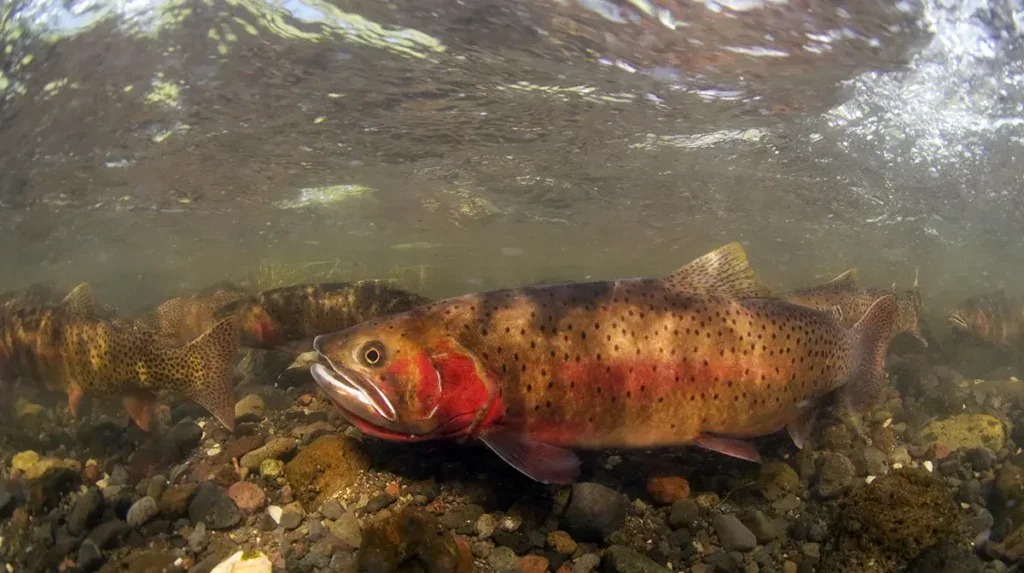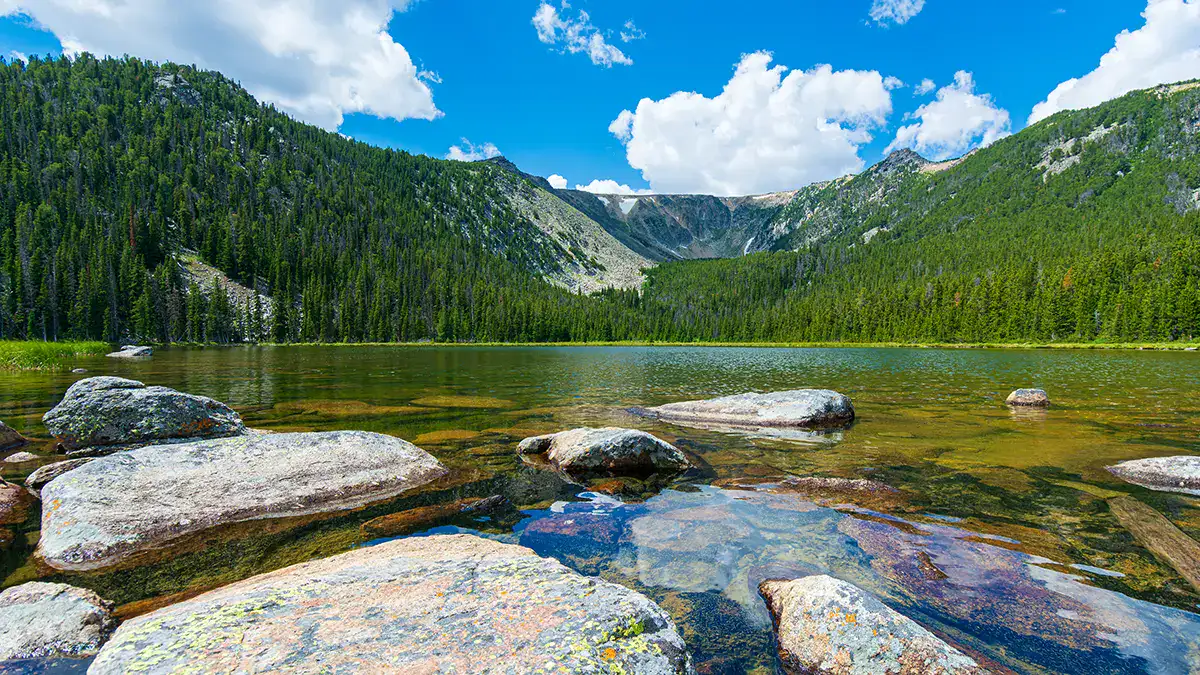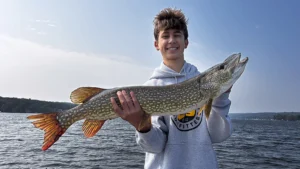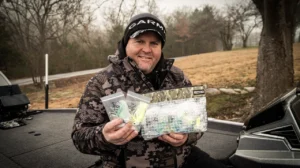A federal judge has halted a controversial plan to poison a remote mountain creek in Montana’s Absaroka–Beartooth Wilderness. The ruling put a stop to a proposed trout restoration project that’s been years in the making.
Though the court’s findings only apply to this one case, they highlight a growing issue in fisheries management: How do we define “native” or “wild” fish and fisheries? As more invasive species find their way into new bodies of water, and the traditional ranges of native fish change, what are the appropriate actions?
A Wilderness Stream “Reset”

In 2023, Montana Fish, Wildlife & Parks (FWP), in partnership with the U.S. Forest Service and National Park Service, proposed treating Buffalo Creek, a remote, 46-mile drainage in the Absaroka–Beartooth Wilderness, with rotenone, a fish-killing compound used in fisheries management for nearly a century.
The goal was to remove non-native rainbow trout and hybridized cutthroat, then reintroduce a genetically pure population of Yellowstone cutthroat trout (YCT). FWP argued the move was essential to secure the species’ future as climate change squeezes its native habitat.
“Warming streamflows are constricting the amount of habitat suitable for Yellowstone cutthroat trout within their historic range,” the agency wrote in the 2023 Environmental Assessment for the project.
But the plan drew immediate opposition from Wilderness Watch, a Missoula-based conservation group. The organization argued that YCT were not historically native to Buffalo Creek’s upper reaches, which were originally fishless due to natural waterfalls preventing their passage. The group also alleges that poisoning a wilderness stream violated the Wilderness Act of 1964.
“This was an attempt to play God with species and habitat manipulation,” Wilderness Watch executive director George Nickas said in a press release about the group’s lawsuit issued on Wednesday, November 8, 2023, calling the project an “artificial reserve” for YCT.
Judge Says Plan “Diminishes Wilderness Character”

On October 23, 2025, U.S. District Court Judge Donald Molloy of Missoula ruled that the Forest Service’s approval of the project ran counter to the core intent of the Wilderness Act.
“The project diminishes wilderness character on almost every level,” Molloy wrote in his 20-page decision, noting that aerial chemical treatments, fish barriers, and helicopter use “are inconsistent with the requirement to leave wilderness areas untrammeled.”
The ruling reverses an earlier recommendation by Magistrate Judge Kathleen DeSoto, who had sided with the agencies in March.
Wilderness Watch hailed the outcome as “one of the most important rulings for protecting the integrity of the Wilderness Act in its 60-year history.”
Meanwhile, FWP spokesperson Greg Lemon said the agency will continue its broader efforts to restore Yellowstone cutthroat trout elsewhere:
“We will continue to look for opportunities to restore native species like Yellowstone cutthroat trout,” Lemon said in a statement to the Montana Free Press.
What Rotenone Is, and Why It’s Controversial
Rotenone is a naturally derived compound from tropical plants in the bean family. It works by blocking oxygen uptake at the cellular level, causing fish to suffocate. It’s very effective, but affects nearly all gill-breathing organisms, including non-target species like larval amphibians and aquatic insects. Depending on temperature and sunlight, rotenone typically breaks down within days or weeks.
It’s been used in fisheries management since the 1930s to eliminate unwanted fish prior to restocking with desired or native species. When I was working in fisheries management, it was a favorite of the old guard. They used it liberally to clear out ponds that were home to invasive species. When applied carefully, it can eliminate invasive species. But the potential for collateral damage and optics of “poisoning nature” make it deeply controversial.
According to the National Park Service, macroinvertebrate populations usually recover within a year or two following treatment, but amphibians and some sensitive species may take longer.
The Big Picture

This ruling may seem relatively inconsequential to most anglers, but it touches nearly every issue shaping fisheries management today. Fisheries restoration often requires removing non-natives. For anglers, that can mean temporary closures or loss of “wild” trout fisheries that were the result of stocking years, or decades, prior. Projects like Buffalo Creek spark debate about what the goal of fisheries management should be.
Anglers, particularly those that spend time in the wilderness, prize solitude and wildness. The court’s decision reinforces that even well-intentioned management actions, especially those involving chemicals such as rotenone or machinery, can violate wilderness law. That precedent may influence how future projects are planned.
These projects go through public comment and environmental review. The Buffalo Creek controversy illustrates how important angler voices can be in shaping fisheries management, and how divided opinions can be.
When Rotenone Worked

With nearly 100 years of use in fisheries management, there are a number of cases where rotenone application worked as planned — and some where it missed the mark. Here are some examples from recent history.
Yellowstone National Park: Upper Gibbon River
Between 2017 and 2022, Yellowstone biologists used rotenone to remove non-native rainbow and brook trout from the upper Gibbon River, aiming to restore westslope cutthroat trout and Arctic grayling. After initial closures, anglers returned to find self-sustaining populations of both species and healthy insect hatches. The steps taken to remove rainbows and brookies from the upper Gibbon River were somewhat successful, though anglers had to wait years for the river to recover.
Silver King Creek, California: Paiute Cutthroat Recovery
The California Department of Fish and Wildlife led a decades-long rotenone project to remove invasive trout from Silver King Creek. Paiute cutthroat trout, a subspecies of cutthroat trout, were listed as Endangered in 1967, however were downlisted to Threatened in 1975 to facilitate management and allow recreational angling. Approval for rotenone treatment was stalled due to legal challenges, but finally succeeded. Now, the Paiute cutthroat can be found in 12.8 miles of streams in the headwaters of Silver King Creek, with none of its historic habitat currently occupied. This could be considered a win for biological diversity, but some anglers were upset about the loss of rainbow trout fishery.
Strawberry Reservoir, Utah: Trophy Trout Reboot
Utah Division of Wildlife Resources used rotenone in the 1990s to remove all fish species, including chubs and illegally introduced species, to restore a recreational salmonid fishery. After the large-scale removal, the lake was restocked with trout and kokanee salmon. Today, the Strawberry is a regional powerhouse fishery, providing excellent angling opportunities for large cutthroat and rainbow trout, as well as kokanee.
The Future of Fisheries Management
For anglers, the Buffalo Creek case is more than courtroom drama; it’s a look into the future of fisheries management. With shifting habitats and climate conditions, do we accept some human manipulation to preserve a native fishery? From culling non-native fish to protect natives, to controlling invasive vegetation, these choices force tough trade-offs. Or do we step back and let natural processes decide, even if it means losing species we love?



![[VIDEO] Huff’s 3 Must-Have Baits for Bass](https://www.wired2fish.com/wp-content/uploads/2025/11/huff-website-300x169.webp)










